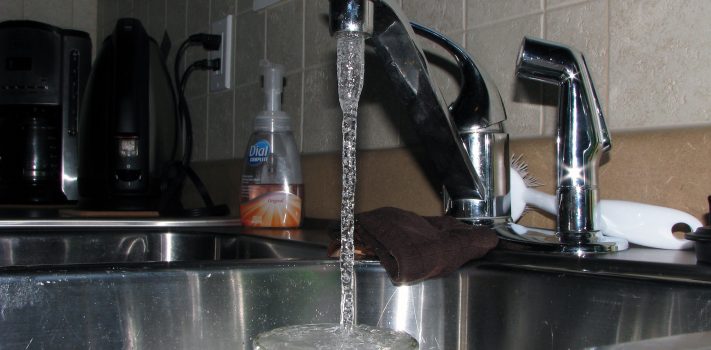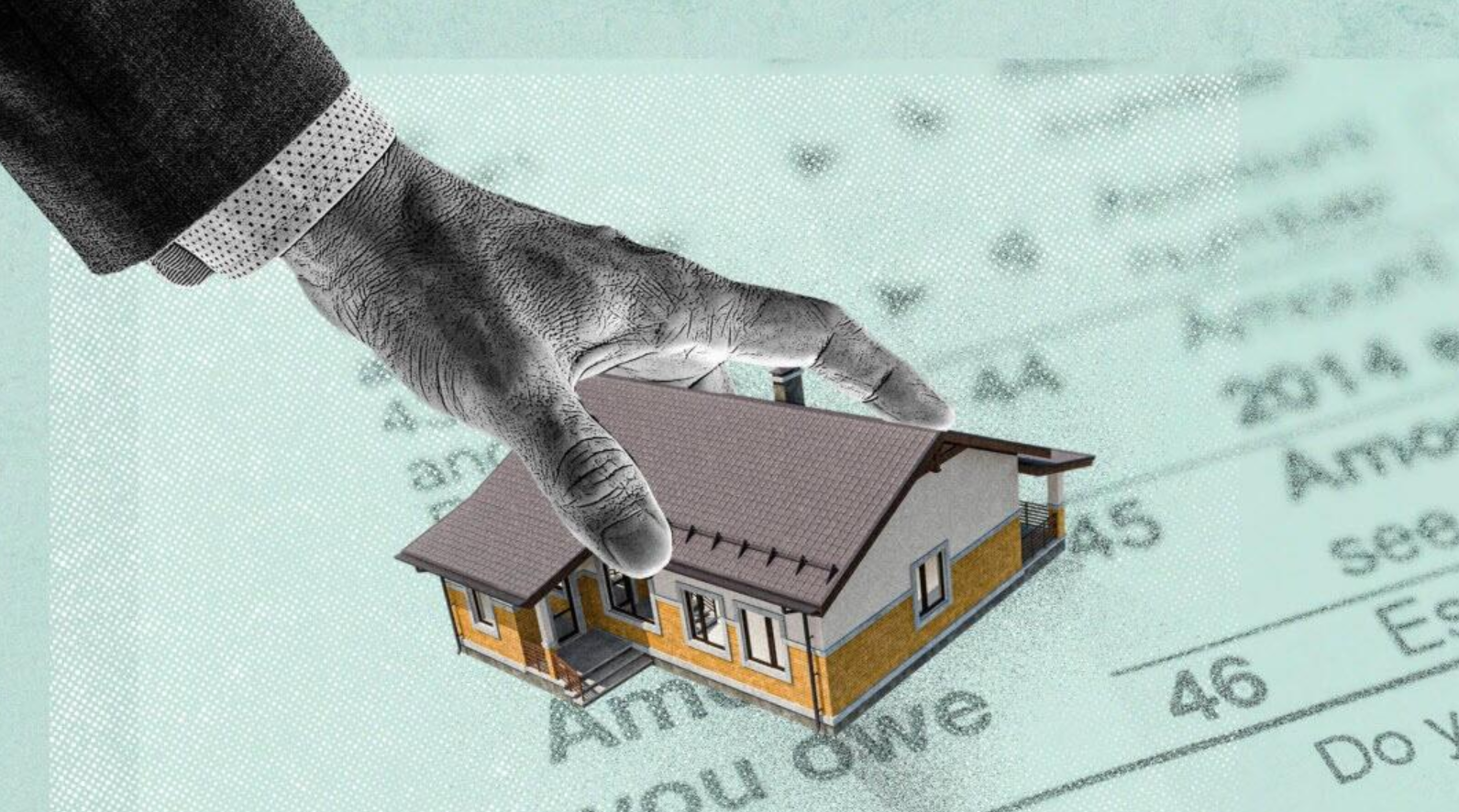Be Ready For Infrastructure Collapse – Part 2, by J330
by by J330, Survival Blog:

(Continued from Part 1. This concludes the article.)
—
I also want to leave you with one example of the scenario that I fear the most happening in my localized area. Let’s just say that there was a 7.0 or higher earthquake on the New Madrid Faultline. (I am in an adjacent state that would be affected, per the research by experts.) I ask readers to ponder the following situation:
Powerlines are down in the majority of 3-4 states. Underground power lines could be disrupted. Substations could be damaged. Supposing that parts vendors have enough inventory ready to go, are the interstate highways intact to get them delivered? Is fuel available to run trucking lines? I’ve seen tornado damage in my area take weeks to be repaired enough to get power back online, from a storm that only damaged a few square miles. If the gas stations have gas, they don’t have power to pump it or to process your credit/debit card transaction. The scope of earthquake damage would be much worse.
Also, most of the waterlines in the ground will be broken. My small local water system has around 200 miles of PVC water mains in the ground. These range in size from 2 inch to 10 inch diameters that are usually installed in 20 feet joints. Maybe some could be saved and reused if they are slip jointed, but certainly not all. We have four elevated water tanks that will possibly be lying on the ground, emptied of over half a million gallons of water, so what mains that are left intact will be empty. Not to mention that our water supplier, the treatment plant that provides potable water to us and several other systems, affecting hundreds of thousands of customers, is in the same shape we are.
Can we get the pipe we need to rebuild the system? Will the electrical grid be up to run the pumps to get the water from our supplier if we do? Will our supplier even be able to treat the water safely to furnish us water when we can get back up and running? And guess what, the service lines from our meter to your house could be broken too. Good luck finding the pipe and supplies to fix your side.
Gas mains could be broken underground too. The fires that could result from damaged gas supply lines will be hard to put out without water in the mains. I don’t know very much about the natural gas industry, but I assume that it is somewhat dependent on electricity for distribution.
The Mississippi River ran backward and flooded a large area in 1811-1812. I don’t even know where to start to detail the consequences of that happening again. But I know that the area affected the last time is now densely populated and heavily industrialized. Besides the horrors of lives lost, and homes and businesses destroyed, there will be no guarantee that public utilities will be restored within the normal parameters of time that they have become operable in the past. The ramifications of that one possible event are terrifying to me personally, but any scenario in which the electricity grid as we know it collapsing could have catastrophic results. I realize that an earthquake may not cripple the entire country, and there are other situations that could, such as an EMP, a nuclear event, or another country attacking our country’s grid.
MITIGATING RISKS
I would like to say that I have solutions to this problem, but I really don’t. I read the articles on this blog that do offer solutions to common problems and it is always very reassuring. There are so many competent people who submit these articles to help others and I enjoy them immensely. But this is a situation that is only going to rectify itself after the fact. As a consumer, we have little input into the decision making that would impact a system that is in essence a monopoly. But I can tell you a few of the things that I am personally trying to do to improve my own situation, in regard to my own preparedness. Of course, all these things are contingent on time and money, and there never seems to be an excess of either at my house.
- Develop some kind of photovolaic power set-up with a battery bank. I know we can’t build a large enough system for things to match our present electricity demand, but at the very least, maybe we could have enough to keep a ham radio communication setup going. Or an electric fan to stir a breeze.
- Try to break dependence on freezers. I have started canning, but I am nowhere near where I need to be on this front. And with canning, not only do you need the experience and knowledge, you better have lots of supplies stored away. In my area, jars and lids are very scarce right now.
- Get water catchment systems in place. We have a few thousand-gallon tanks set up to catch roof runoff but we would need more.
- Install a manual pump in the well.
- Build a root cellar and a spring house. The weather here would make it very challenging to keep food from spoiling in the summer months.
- Increase my supply of batteries and battery-powered LED lights. A sick person or animal in the middle of the night requires good lighting. I also need to stock up on candles and candle making supplies, and oil lamps and oil and lamp wicks.
- Fuel storage. When the power is out and the internet is down, gas and diesel may be unavailable to access or purchase, even if available.
- Secure more old tools. I don’t relish the thought of using a manual drill rather than my rechargeable cordless drill, but it would beat nothing.
- Work on learning about some outside cooking methods, such as solar ovens, grills, smoking pits. And securing more cast iron cookware.
As someone in my early 50s, I have never been without modern conveniences. When I open the fridge, it’s always cold. When I flip a switch, I have all the light I need to read or prepare food. I’ve heard people older than myself tell of curing hams by hanging from the rafters in their house, using outhouses, and waking up to snow coming through the chinks in the walls. But they are only stories to me. Older people who weren’t born into a house with electricity may call that complacency on my part, and that would be true. But it could also be considered “the world as we know it”. Because for most adults, it is all we have ever known for as long as we can remember. And in the last six months, we have all been presented with a pandemic that we always knew was possible, but didn’t think could ever actually happen to us, in our lifetime. Yet, here we are.
Just look at how stunned and clueless that most people seem to be about dealing with a worldwide pandemic. When someone is used to buying ready-made peanut butter and jelly sandwiches with the crusts cut off in a little plastic wrapper, and suddenly the grocery store or the convenience store is closed because the power is out long-term, and the power provider and the water provider and the gas provider can’t get the parts to fix their systems, that sudden change will hit hard.



